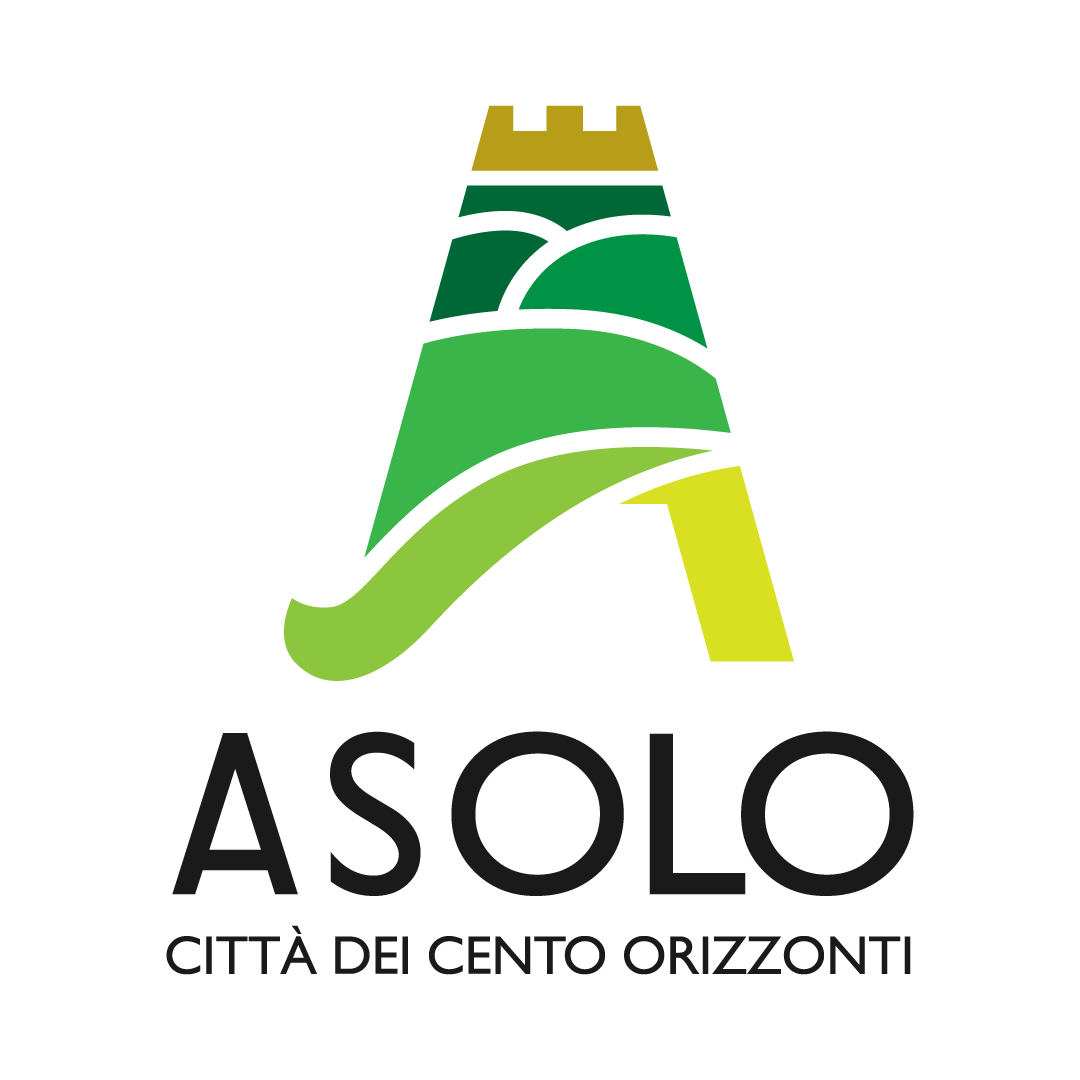The existence of Roman hot baths at Asolo was known as long ago as 1715 when a Roman inscription was discovered having been put to new use as the base of a window. It commemorated a certain Publius Acilius, curator rei publicae originally from Rome (a sort of Prefectural Commissioner today), who restored the public baths damaged in a fire. A few clues to the probable location of the baths have been gathered around today’s piazza Brugnoli: Roman walls, remains of conduits, various objects as well as the discovery back in 1642, of a mosaic floor. This public building was not however precisely identified until 1876-1877 when an old district of houses was entirely razed on the site of the square today (the so-called Alocco district) to make way for the building of the Cattle Market.On this occasion Pacifico Scomazzetto, self-taught archaeologist and one of Asolo’s principal “ancient” historians, managed to bring to light and reveal the foundations of parts of the bathing system, (the remainder is still buried in the garden of villa Scotti, now Pasini), and to recuperate various materials.Features that can be recognised of the baths complex, dating from between the first and fourth centuries A.D., include a large calidarium (the place where hot baths were taken) with a floor standing on small brick columns for the passage of hot air underneath that heated the water baths, another room with a floor on small columns, perhaps the tepidarium (where tepid baths were taken), two large baths, a room with a black and white mosaic floor, two rooms used as a praefurnium, a place for combustion and the production of hot air. A direct link with the Roman aqueduct called the Bot led to these rooms.Between 1964-65 and in 1993, while the square was being resurfaced, small-scale excavations were made that substantially confirmed the discoveries of Scomazzetto.
Brugnoli Square
